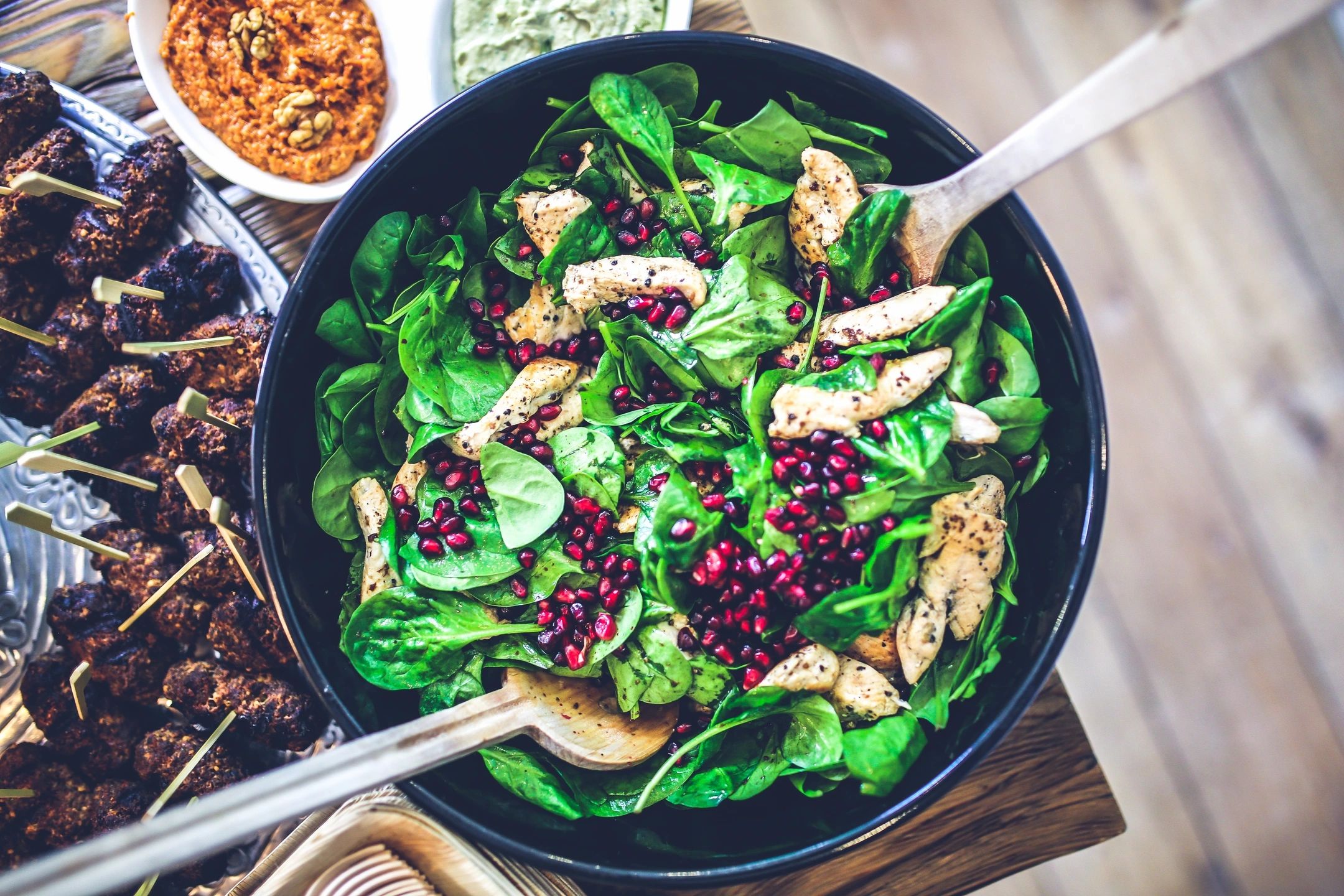Alright folks let’s cut to the chase. Cardiovascular disease is no joke—it’s the top cause of health issues and deaths worldwide (Nystoriak & Bhatnagar, 2018). And guess what? Mortality rates due to heart issues have been creeping up lately. In a recent study, we saw a scary 9.3% increase from 2019 to 2022 (Woodruff et al., 2023).
Now, we won’t bore you with all the reasons behind this spike. Instead, let’s focus on what you can do about it. We’re here to guide you on maximizing your cardio training, so you don’t end up in those grim statistics.
To amp up your cardio game, you need to understand the basics. And that starts with knowing about energy systems. Sounds fancy, right? Don’t worry, we’ll break it down.
Energy Systems 101:
You’ve got three main energy systems: phosphagen, glycolysis, and oxidative. They all churn out a molecule (fancy word for a group of atoms chemically joined together) called adenosine triphosphate (ATP), which is like fuel for your muscles. Without ATP, you can forget about moving those muscles.
1. Phosphagen System:
This system kicks in for short bursts of high-intensity activities like sprinting or heavy lifting. It’s quick but short-lived due to limited creatine phosphate (which is used in a complicated physiological reaction to produce ATP that we certainly won’t bore you with).
2. Glycolysis System:
Here’s where carbohydrates get broken down to produce ATP. It’s a bit slower than phosphagen but packs a punch in energy production. Glycolysis splits into anaerobic (fast) and aerobic (slow) modes, depending on oxygen availability.
In the presence of oxygen, pyruvate… hold on, what on earth is pyruvate?! – it’s just a fancy compound you’re left with after a glycolytic reaction in the body. Anyway, pyruvate will either be converted into lactate in anaerobic, higher intensity conditions for faster energy production (and no, lactate arguably does not cause the burning pain in your muscles (Busa & Nuccitelli, 1984)) or go through a fancy thing called the Krebs cycle where reactions are longer, meaning energy production is slower, if oxygen is present in lower intensity, longer duration exercise.
3. Oxidative System:
This system is your go-to for long, steady activities. It primarily burns carbs and fats for ATP. At rest or lower intensity, fats rule the roost, but during higher intensity workouts, carbs take over. (Information about energy systems was derived from Haff and Triplett, 2015)
So how exactly can we manipulate our training to optimise a particular energy system?
1. Phosphagen System:
This system is all about quick bursts of high-intensity effort. It relies on creatine phosphate for rapid ATP production. To maximise your phosphagen system:
- Boost output: Try maximal intensity sprints lasting around 4 seconds each. Repeat this three times, with 80 seconds of rest between sprints and 180 seconds between sets. Complete three sets.
- Build capacity: Opt for maximal intensity sprints lasting 8 seconds each. Do this three times with 90 seconds of rest between sprints, repeating for three sets. Rest for 120 seconds between each set of three repetitions.
2. Anaerobic Glycolysis:
This system is crucial for sustaining high-intensity efforts. It involves breaking down carbohydrates without oxygen. To train anaerobic glycolysis:
- Lactate production: Sprint for 30 seconds at 85-90% of your maximum effort. Rest for 180 seconds, then repeat four times.
- Lactate tolerance: Sprint for 60 seconds at 75-80% of your maximum effort. Rest for 180 seconds, then repeat six times.
3. Aerobic Glycolysis:
This system is essential for longer, steady-state efforts. It utilises both carbohydrates and fats to produce ATP. To target aerobic glycolysis:
- Tempo Training: Run 1000 meters in 5 minutes or less, repeating 12 times. Recover for 3 minutes between each repetition. Maintain an intensity of 60-70% of your maximum effort.
- Interval Training (H.I.I.T.): Run for 45 seconds at 70-75% of your maximum effort, then rest for 45 seconds. Repeat this cycle ten times.
4. Oxidative System:
This system is your endurance powerhouse, providing energy for low to moderate-intensity activities over a long duration. It primarily uses fats and carbohydrates. Here’s how to train it:
- Steady-State Cardio: Choose a distance (e.g., 5 kilometers) and maintain a consistent pace. Aim for 40-50% of your maximum effort, which translates to roughly 65-75% of your maximum heart rate. Start with a comfortable duration, like 20 minutes, and gradually increase by 1-2 minutes each session. Once you reach 30 minutes, reduce back to 20 minutes, and increase your pace while maintaining the target heart rate.
By tailoring your training to target specific energy systems, you’ll optimise your cardiovascular fitness and be well on your way to smashing those personal records.
Love,
The Azelus Team
P.S. Got questions or feedback? Drop us a line at [email protected] or hit us up on Instagram @Azelusuk.
P.P.S. Ready to take your fitness journey to the next level? Explore our online offerings or inquire about personalised training options at [email protected].
References
- Nystoriak, M.A. and Bhatnagar, A. (2018). Cardiovascular Effects and Benefits of Exercise. Frontiers in Cardiovascular Medicine, [online] 5(135). doi:https://doi.org/10.3389/fcvm.2018.00135.
- Woodruff, R.C., Tong, X., Khan, S.S., Shah, N.S., Jackson, S., Loustalot, F. and Vaughan, A.S. (2023). Trends in Cardiovascular Disease Mortality Rates and Excess Deaths, 2010–2022. American Journal of Preventive Medicine. doi:https://doi.org/10.1016/j.amepre.2023.11.009.
- Busa, W.B. and Nuccitelli, R. (1984). Metabolic regulation via intracellular pH. 246(4), pp.R409–R438. doi:https://doi.org/10.1152/ajpregu.1984.246.4.r409.
- Haff, G. and Triplett, T. (2015). Essentials of Strength Training and Conditioning. 4th ed. Champaign, Il: Human Kinetics.



